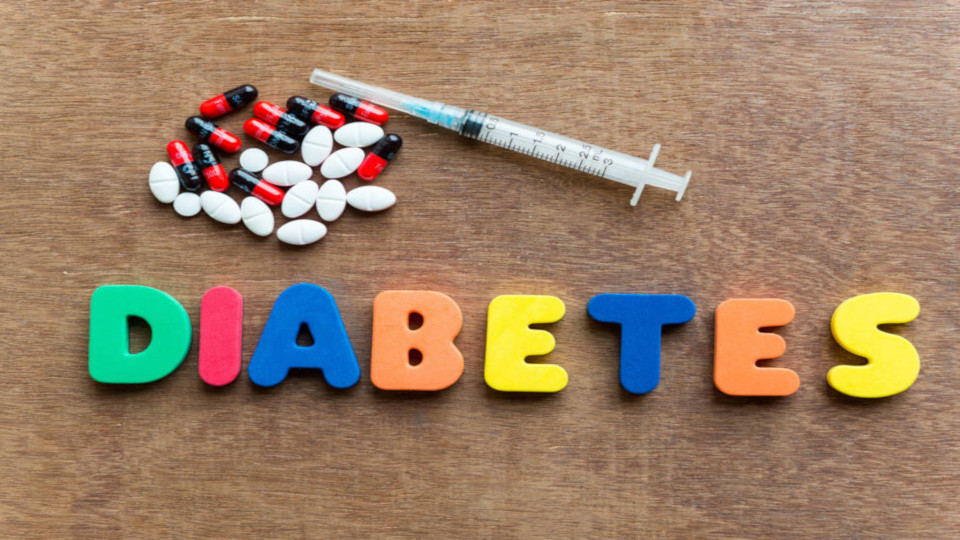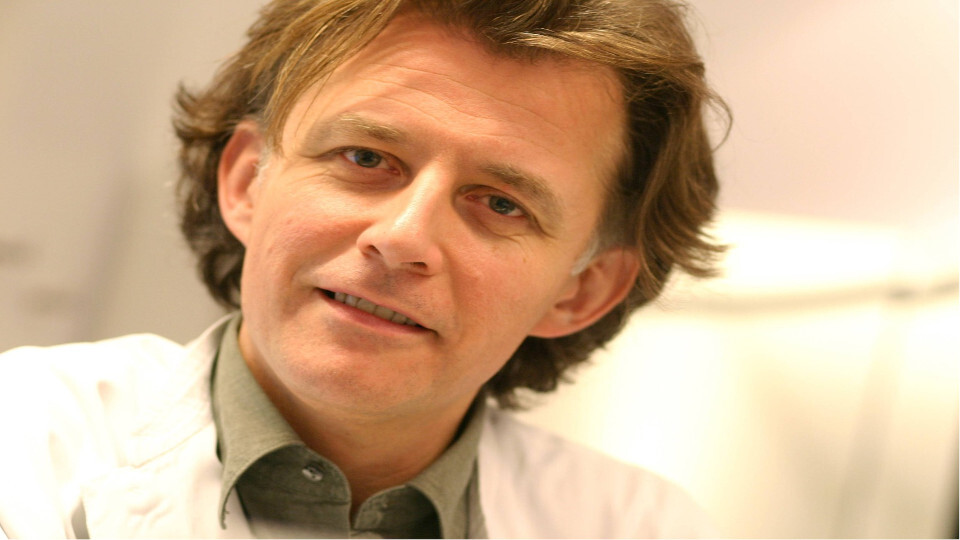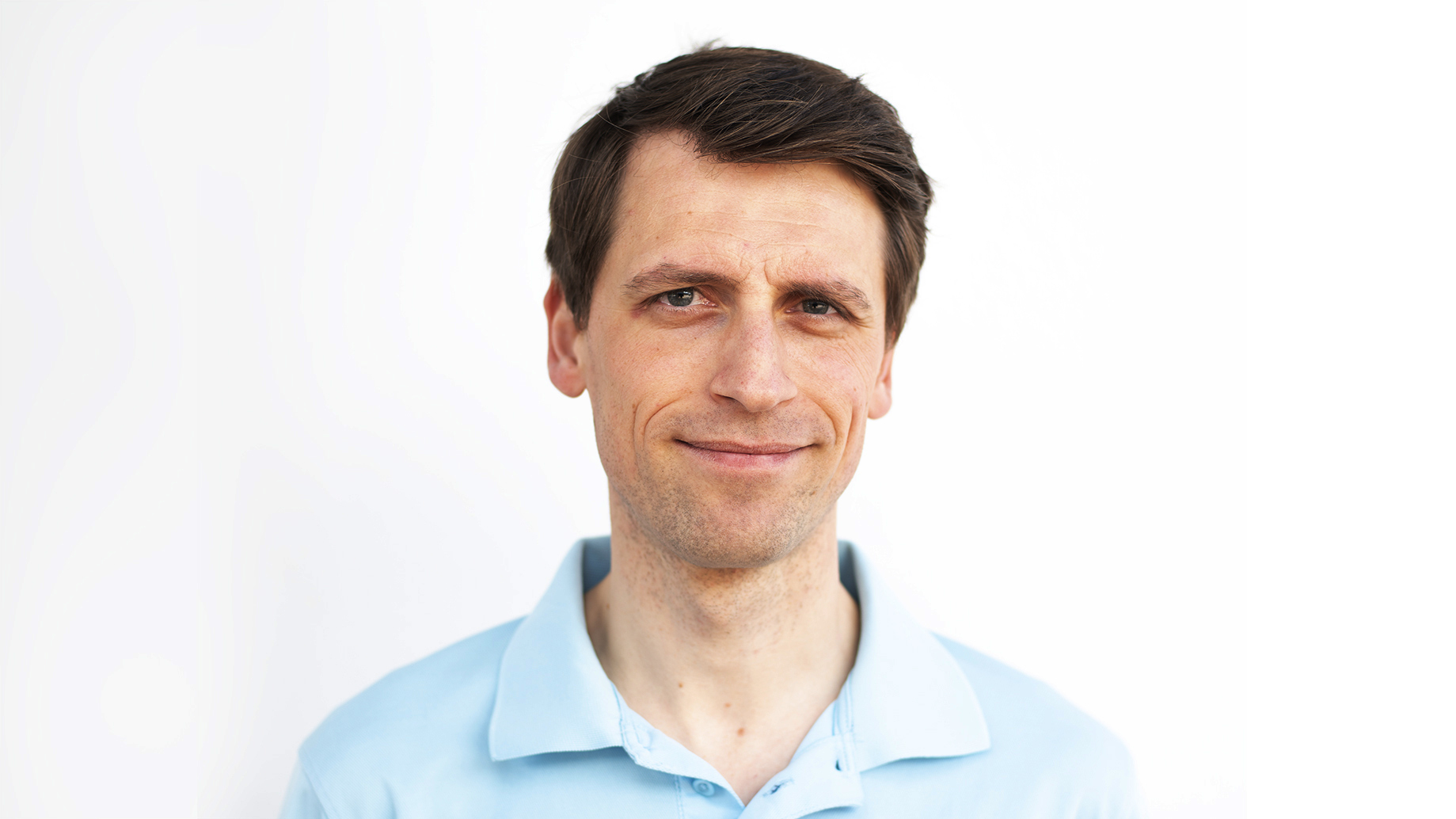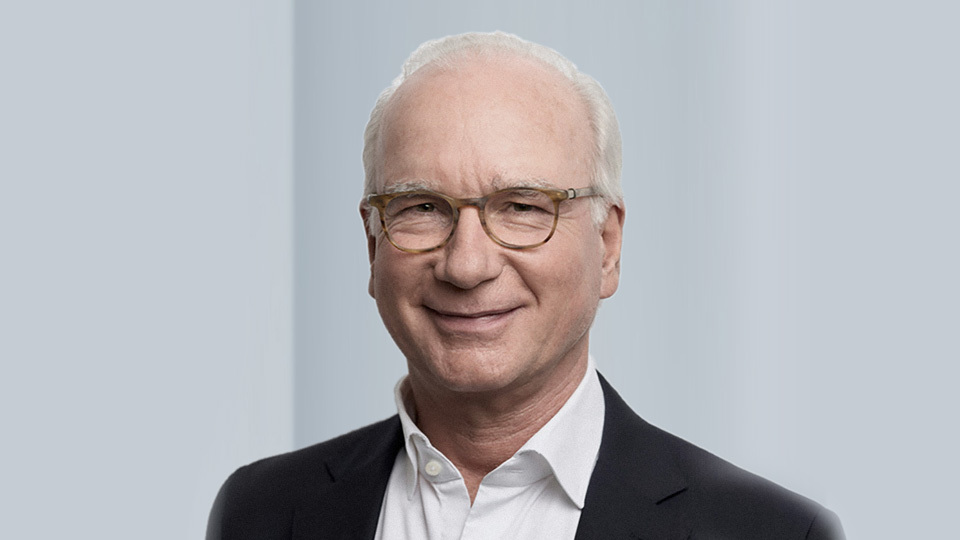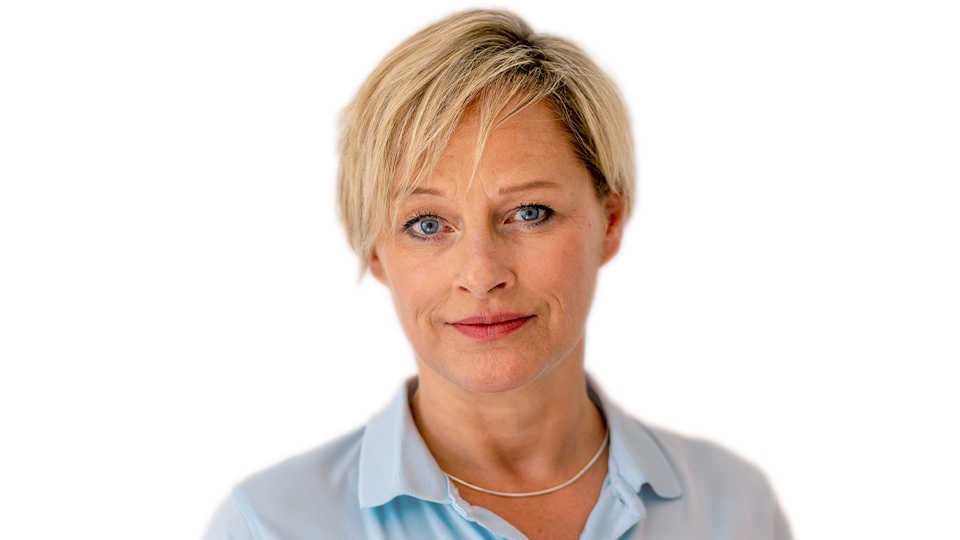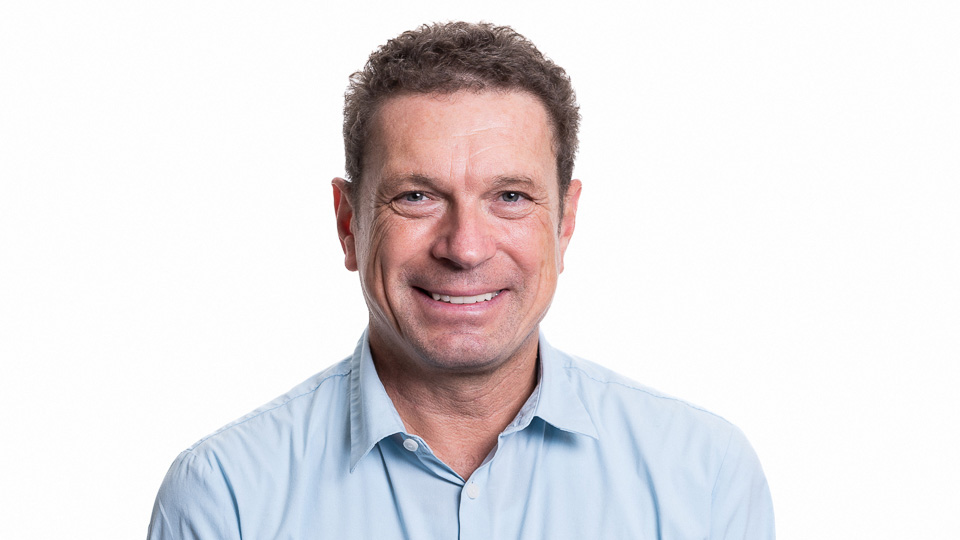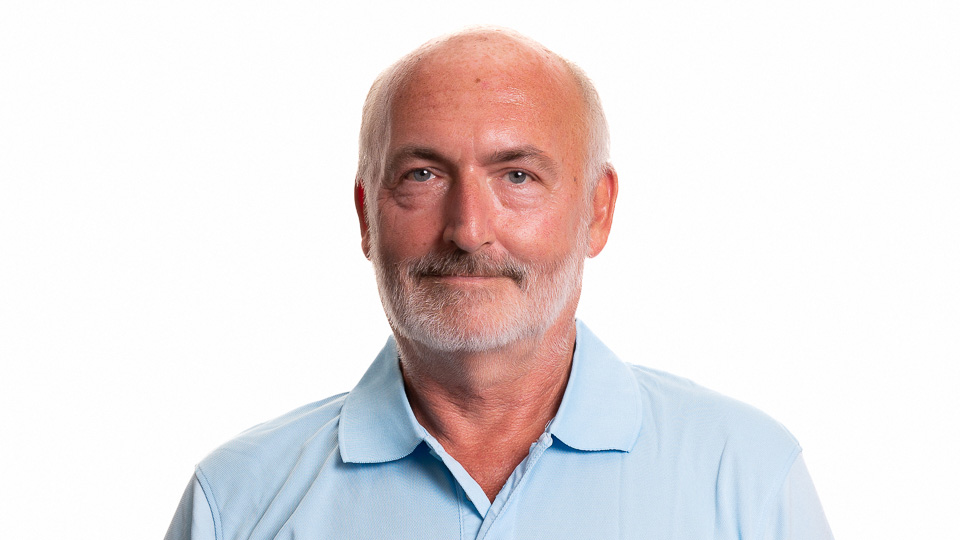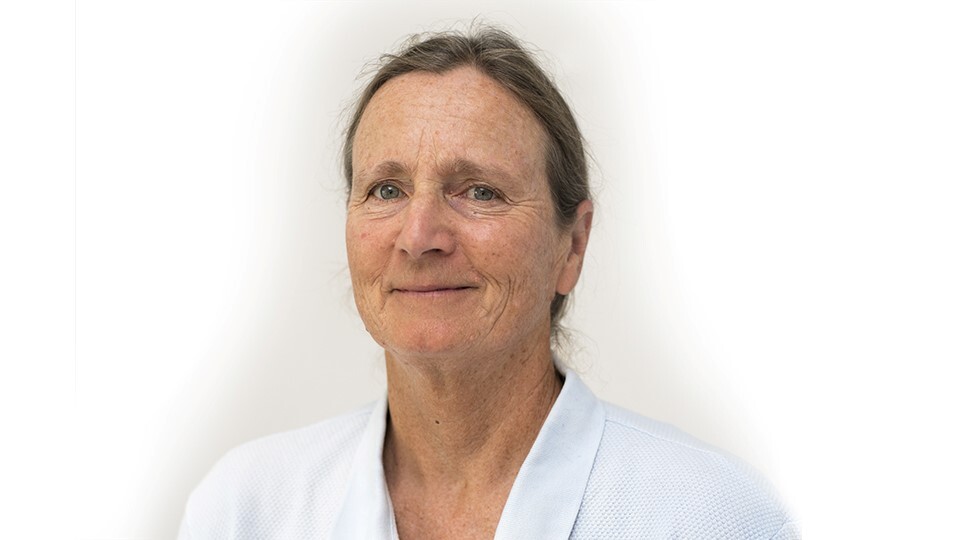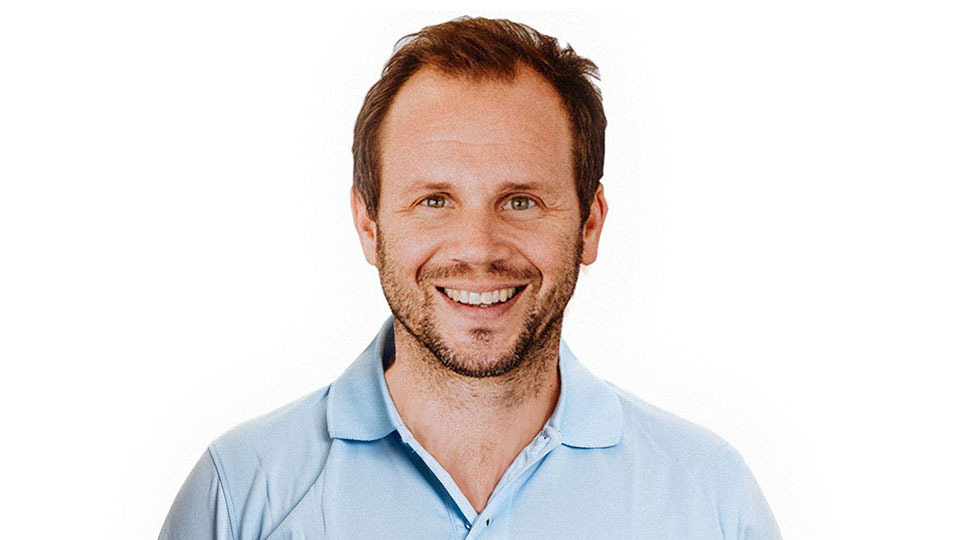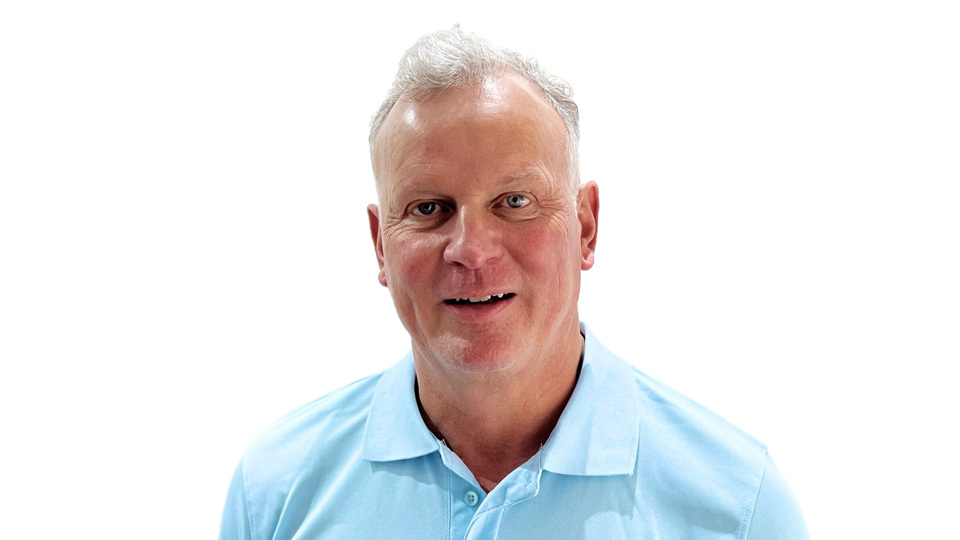What happens in the body normally?
Insulin is needed to transport glucose, the body's energy store, into the cells. Glucose is produced in the liver, where short- and long-chain carbohydrates from food are broken down into glucose and fat. This allows energy to be stored, partly in the liver but also in the body's fat cells. Energy from glucose stored in the liver is readily available at all times; that converted into fat must first be transformed back before it can be used by the organs and muscles.
What triggers type II diabetes?
With excessive intake of short- and long-chain carbohydrates, the storage possibilities in the liver and fat cells are soon exhausted. Nevertheless, they continue to be converted into glucose in the liver, so that the pancreas receives the signal to produce more insulin so that the glucose can continue to be "pressed" into the cells. If this no longer works (this is called insulin resistance), the glucose is converted into fat and stored elsewhere in the body, e.g. in the pancreas, in the abdominal cavity (visceral fat) or later also between the skeletal muscles. The visceral fat is hormonally very active. If too much fat has been accumulated in the body, the proteohormone leptin is produced to curb food intake. However, resistance to leptin can also be developed, which then signals the body to continue storing fat. As a result, visceral fat continues to increase, and other storage sites are sought and found in the muscles and blood vessels. Only at this point does the glucose level in the blood rise, which we can then measure as permanently elevated blood sugar. As a result of the overuse and the fatty degeneration of the pancreas, it becomes slack over time, so that the insulin-producing cells fail to do their job (beta cell dysfunction). This symptomatology therefore ultimately arises due to the intake of too much sugar through the diet.
What is the standard treatment for diabetes?
On the one hand, tablets can be prescribed to inhibit the conversion of carbohydrates into glucose and fat, and, on the other hand, insulin can be prescribed to help lower blood glucose levels. And, of course, it is very helpful for overweight diabetics to lose weight, for example, with the help of a change in diet or exercise.
What is the current state of research?
Diabetes is a disease that occurs mainly in overweight people, so it seemed obvious to advise patients to avoid fat. However, recent studies have now shown that dietary fat does not necessarily make people gain weight, but rather that there are good and less good fats. Thus, carbohydrates, i.e. sugar, came into focus as the cause of diabetes problems. Here, too, there are better and worse forms. For example, highly processed foods often have a very high glycemic index, which means they greatly increase blood sugar levels. This effect is also achieved by any direct form of sugar, for example fructose from fruit, but also from husked rice, pasta, soft drinks and alcohol.
So, what should diabetics do?
First of all, it is especially important to lose the "right" fat! The superficial fats under the skin are unsightly, but ultimately do not pose a health risk. The main problem is with visceral fat. When these fat cells have been emptied by losing weight, they can be used again as storage, and the liver no longer has to release the converted sugar into the blood. This also eliminates the signal to the pancreas to produce (more) insulin, so its cells usually recover and insulin production returns to normal.
How can non-diabetics prevent diabetes?
Early detection of diabetes is quite simple. Long before the increase in blood glucose levels signaling the disease, symptoms begin to show. For example, insulin resistance can be determined using laboratory values, and fatty liver tissue can be detected by ultrasound. And finally, one's own body fat can be recognized by everyone themselves, because it is shown in the BMI (body mass index) and - even better - on the basis of the abdominal circumference. This is an indicator of the more dangerous visceral fat. For women, the limit here is 80 cm, for men 94 cm; it becomes very critical with waist circumferences of more than 88 cm (women) and 102 cm (men). So, don't react indignantly when your doctor tells you about being overweight and the risks associated with it - he only means well for you and your health.
How do you lose weight in a healthy way?
There is, of course, no generally accepted solution that works equally well for everyone, so there should always be an individual discussion between doctor and patient. If you eat fewer calories than you consume, you will lose weight - that is obvious. However, recent studies have shown that a regularly reduced calorie intake causes the body to adjust and as a result reduce its basal metabolic rate, activating an "emergency program" so to speak. This then causes a breakdown of cells, including those that consume a lot of energy, such as muscle cells. To prevent this, muscle-preserving sports should be practiced. However, overweight people in particular know how difficult this can be. For example, to burn off 300 calories, you have to ride a bike for about 45 minutes at an average speed of 20 mph. Intermittent fasting is a recommended alternative. This means that you eat nothing but water once a week for 36 hours. If you wanted to reduce your daily calorie intake by, say, 300, you can do it in these 36 hours, during which you save one and a half times your basal metabolic rate. The advantage of this is that your body does not switch to the "emergency program", but instead immediately activates fat burning as a substitute for the missing food. And that is exactly what you want to achieve. In addition, this way you also have enough energy for additional sports activities.

